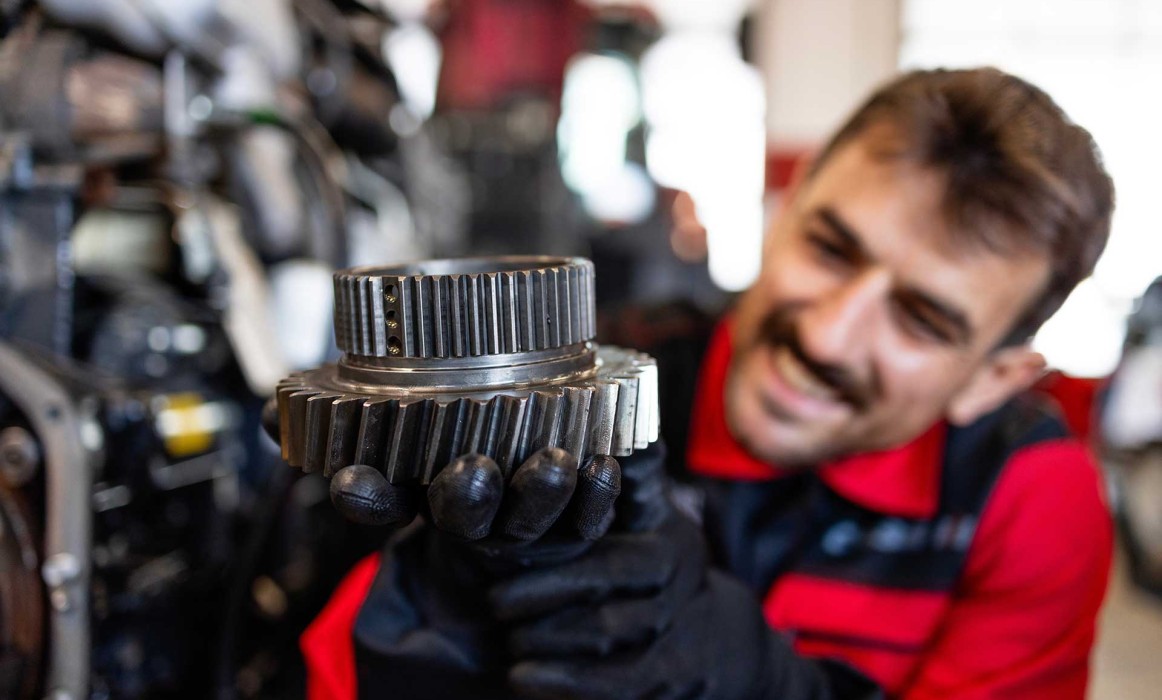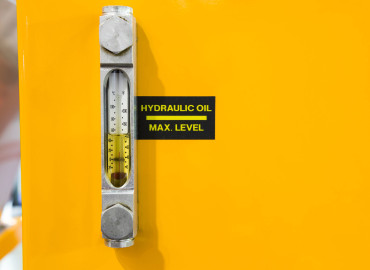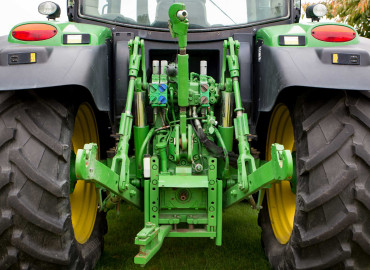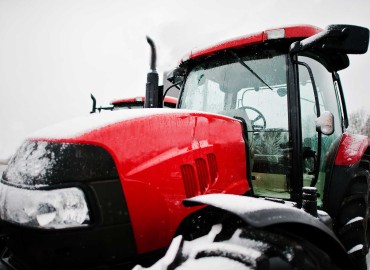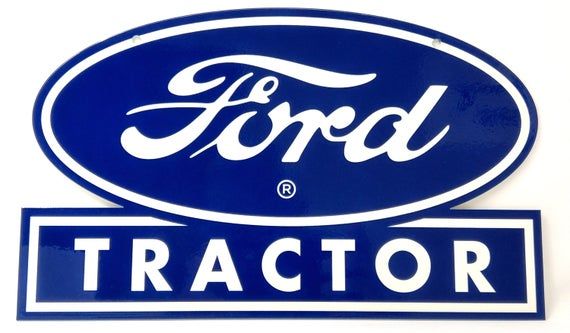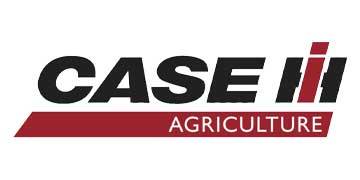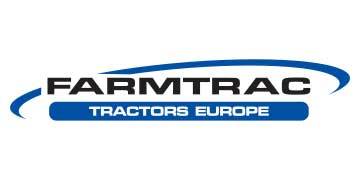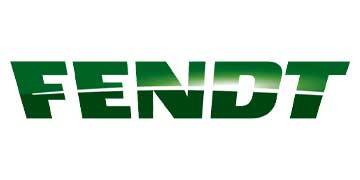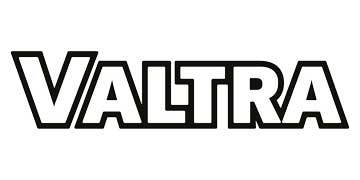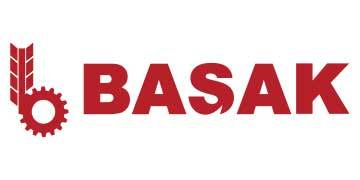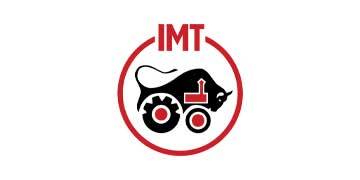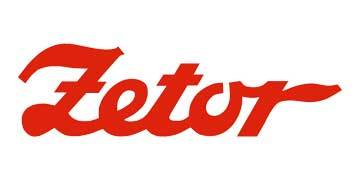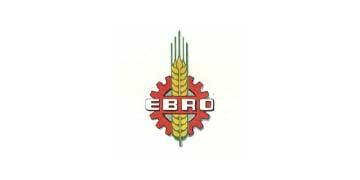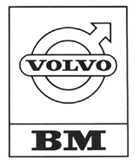In the agricultural sector, tractors are the backbone of the workforce. Spare parts are vital to ensure these machines run smoothly. However, the proper storage and protection of spare parts significantly affect their performance and lifespan. Properly storing spare parts can reduce costs and ensure that your tractor is always in top condition.
What Are Tractor Spare Parts?
Tractor spare parts are components used to ensure the tractor operates correctly and can replace the original parts in case of a malfunction. Tractors, being used in challenging conditions such as agriculture and construction, can wear out or fail over time. In such cases, spare parts are critical to restoring the tractor's performance.
Key tractor spare parts include:
- Engine Parts: Pistons, cylinder heads, gaskets, etc., that keep the engine running.
- Electrical Components: Batteries, generators, cables, and fuses.
- Hydraulic System Parts: Hydraulic pumps, cylinders, and valves.
- Filters: Air, fuel, and oil filters.
- Transmission Parts: Gears, clutches, and clutch components.
- Cooling System Parts: Radiators, thermostats, and hoses.
- Brake and Steering Parts: Brake discs, pedals, and steering boxes.
Tips for Storing Tractor Spare Parts
You can store spare parts by considering the following tips. This will help maintain the quality and performance of the parts.
Choosing a Storage Area
Selecting the right area for storing spare parts securely and effectively is crucial.
- Indoor Space: Storing spare parts in a closed, dry area protects them from moisture and external factors. A garage, warehouse, or a specially designated area are ideal options.
- Climate Control: It is essential to control the temperature and humidity levels in the storage area. High humidity can cause metal parts to rust, while extreme temperatures can damage plastic and rubber parts.
- Cleanliness and Organization: Keeping the storage area clean and organized prevents parts from getting lost or mixed up. Regular cleaning also prevents dust and dirt accumulation.
Classification and Labeling of Parts
Proper classification and labeling of spare parts make it easier to find the needed parts.
- Classification: Organize spare parts by type, function, and tractor model. This helps in storing the parts systematically and allocating a specific area for each part.
- Labeling: Label each part with its name, model number, manufacturer information, and purchase date. Labels help quickly identify parts and reduce the risk of using the wrong parts.
Protection and Packaging
Using the right protection and packaging methods is essential for prolonging the lifespan of spare parts.
- Protective Coating: Use protective coatings to prevent metal parts from rusting. For example, oils or special coating products can protect metal surfaces. For plastic and rubber parts, coatings can protect against UV rays.
- Packaging: Keeping parts in their original packaging or using protective packaging reduces the risk of damage. Especially delicate parts should be protected from impacts. Cardboard boxes, plastic bags, or special packaging materials ensure the safe storage of parts.
Maintenance and Inspection
Regular maintenance and inspection of spare parts ensure their longevity.
- Periodic Inspection: Check the parts in the storage area at regular intervals. Pay particular attention to signs of moisture, rust, or deterioration, and take necessary precautions.
- Cleaning: Regularly clean the spare parts. Dirt and dust on metal parts can cause rust over time. Cleaning helps maintain the functionality of the parts and ensures their longevity.
Proper storage and protection of tractor spare parts is a critical issue affecting both costs and labor. A closed and organized storage area, effective classification and labeling, proper protection and packaging methods, and periodic maintenance ensure that spare parts have a long lifespan. With these tips, you can make spare part management more efficient and hassle-free.
 en
en  tr
tr 
